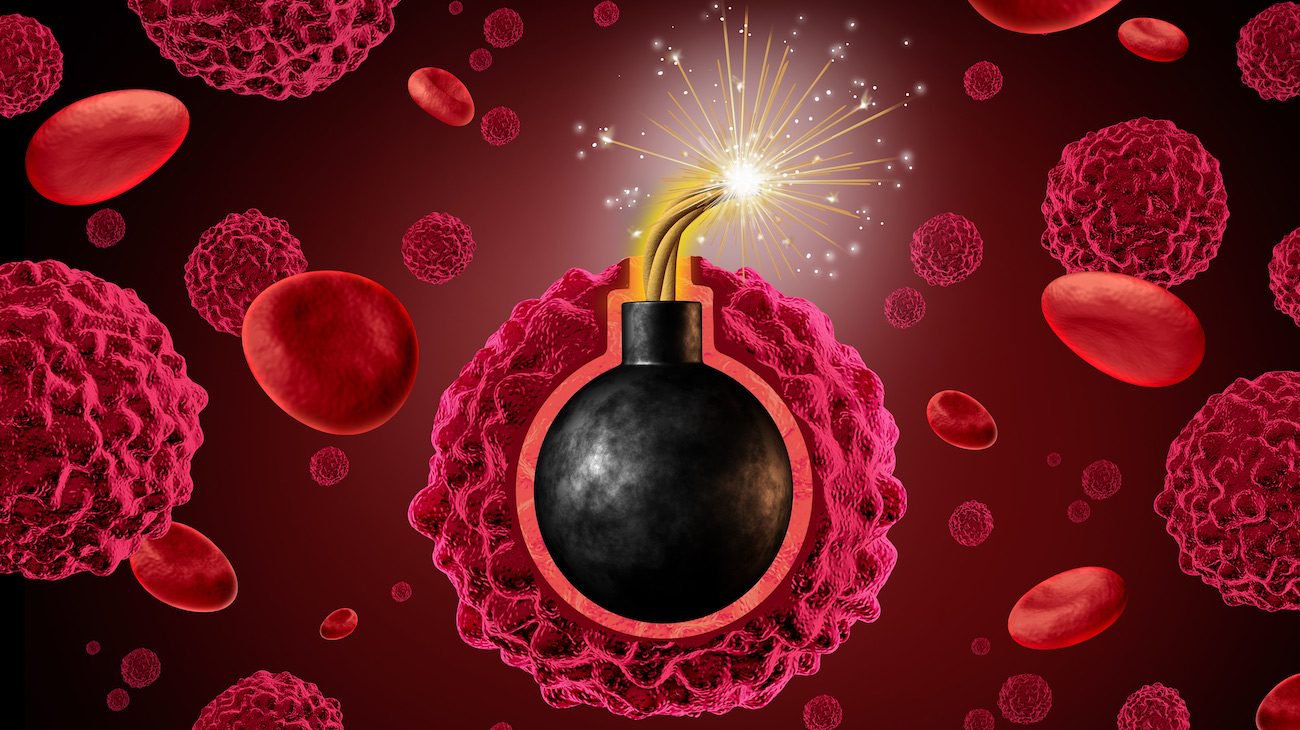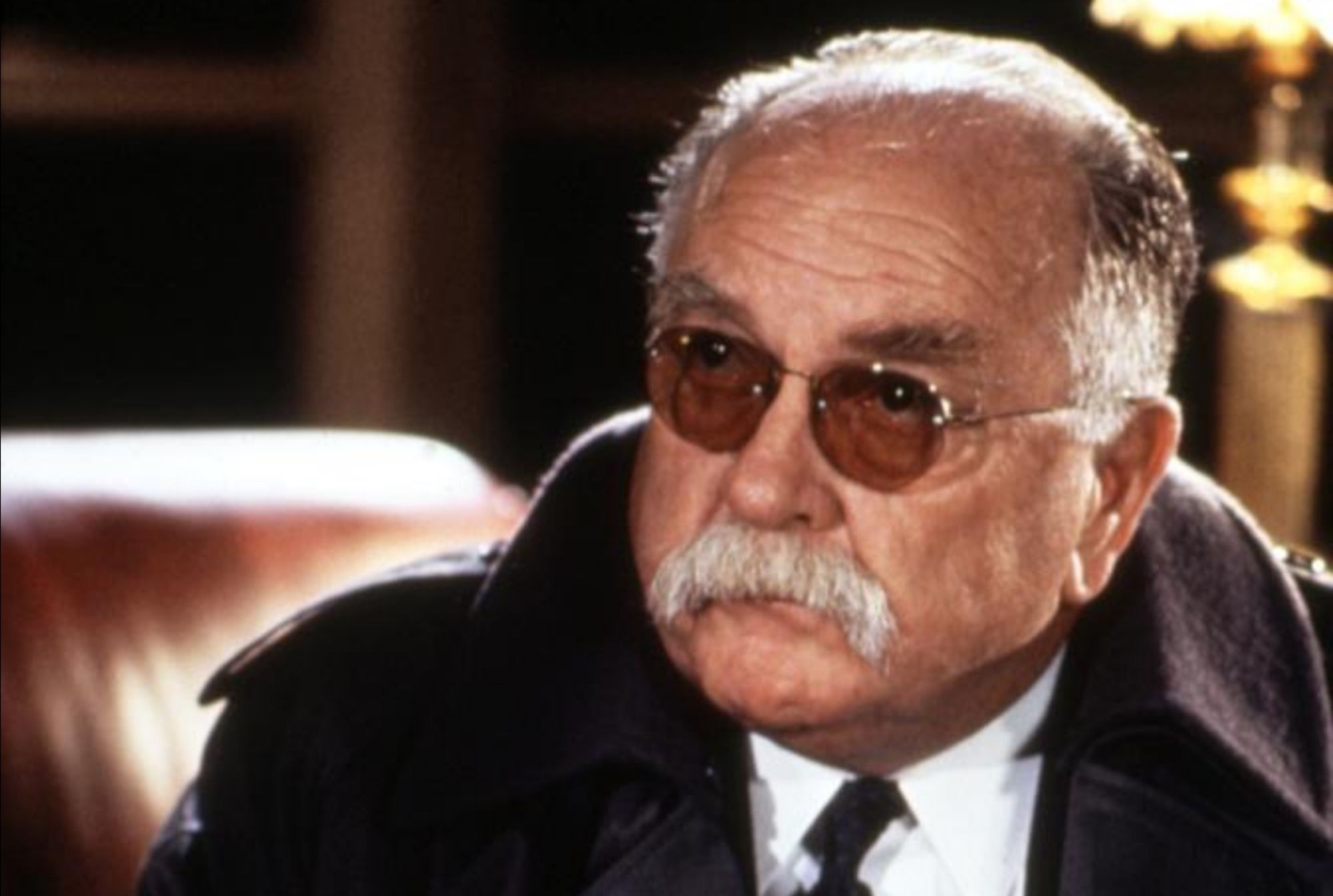LAGUNA HILLS, Calif.–(BUSINESS WIRE)–PharmaCyte Biotech, Inc. (PMCB), a biotechnology company focused on developing cellular therapies for cancer and diabetes using its signature live-cell encapsulation technology, Cell-in-a-Box®, announced today the latest in its series of Q&A articles that are conducted with some of the key team members of PharmaCyte’s research and development program related to its upcoming clinical trial in locally advanced, inoperable pancreatic cancer (LAPC).
This interview-style Q&A article is with David A. Judd, a cellular biologist and a member of PharmaCyte’s Medical and Scientific Advisory Board. Mr. Judd has over 30 years of experience in the research and development of cell culture materials and methods for the culturing of various types of human cells. His work includes research, process development and cGMP production of biotechnology and cell therapy processes. Most importantly, Mr. Judd has worked for many years with the cells that PharmaCyte uses in its treatment of cancer and has a wealth of knowledge regarding their growth properties.
What attracted you to PharmaCyte and its cellular therapy for pancreatic cancer?
David Judd: “PharmaCyte’s approach is exceedingly unique in how it treats pancreatic cancer. This unique approach potentially spares a patient a lot of side effects that would be associated with typical chemotherapy. Far fewer patient cells should be affected peripherally with PharmaCyte’s cellular therapy, and with this treatment lower amounts of the chemotherapy drug ifosfamide can be used.
“In the big picture, this is the type of cellular therapy that I feel there could be a number of possibilities with cells and different agent combinations to make improvements and apply to cell-based chemotherapy.”
With your years of experience in cellular biology, what are your impressions of the Cell-in-a-Box® technology and how the therapy works for pancreatic cancer?
David Judd: “Cell-in-a-Box® is another encapsulation technology that is being evaluated in the market, but unique in its use of cellulose. Cellulose makes for a more rigid structure that is more robust and is also biocompatible – a remarkable combination.”
When you were in Thailand at Austrianova’s GMP facility, what impressions did you have about the manufacturing process and the dynamic of the PharmaCyte/Austrianova team?
David Judd: “The process is also unique. There is significant customization to this process. It is certainly not a process that can be suddenly transferred to a Contract Manufacturing Organization without some planning and investment made. There will be technology transfer and adaptation required.
“The PharmaCyte/Austrianova team is dedicated to a goal of improving lives and providing hope to patients and their families. The team is working together to solve issues and find the path forward with the best chance of success in the least amount of time.”
Are the changes that are being made to the manufacturing process common to the R&D process involving a cellular product?
David Judd: “Changes to a manufacturing process early on is standard; the process at Austrianova is no exception. Companies spend a lot of money and time on process development to get to goals as fast as possible with large, dedicated inhouse teams or contractors.
“This process should be compared to a cell therapy process rather than a biological drug. The product development is far more complicated. In this case, the process has unique hardware and software that have their own processes, which adds time to set up a single run. At this stage there is not enough hardware to make parallel run test iterations, and again that adds time to our clinical development timeline.”
Given your years of experience with the exact cell line PharmaCyte is using for its treatment of pancreatic cancer treatment, is there anything you can tell us about this cell line with regard to growth, sensitivity, ability to adapt, etc. to give us a better idea why the R&D process with this cell line isn’t as simple as encapsulate and grow to completion?
David Judd: “These cells are great tools for protein production, especially for human use. They are not as robust as CHO cells (the standard biological drug production cell line), so it does not take much to affect their growth behavior. These cells require more nurturing than the standard biologic or cell therapy. However, not being limited to autologous cells makes large scale manufacturing and distribution possible.
“Having human cells as the substrate I would think is preferable, but I am not an expert here; I’d think there is less chance of an adverse reaction occurring in patients, which might happen with an animal cell line should there be leakage.”
Can you talk about some of the changes that have been made to improve the manufacturing process and why they were made?
David Judd: “Austrianova changed to 3 passages of the Master Cell Bank (MCB) cells before encapsulation to increase the speed of cell doubling. A ‘passage’ is when the cells that are being grown are harvested and reseeded into another cell culture flask. It’s the way one expands the number of cells being grown and to put them in new cell culture medium.
“Austrianova changed from cultivating the cells in Hyperflasks to cultivating the cells in T75 flasks prior to encapsulation. The T75 flask is smaller than the Hyperflask. Austrianova found that the gas exchange is different in the different flasks. Hyperflasks are designed to be used to grow up large quantities of cells. T75 flasks are used to grow up a smaller number of cells like the number Austrianova is growing for PharmaCyte. Hyperflasks are good for very robust cells and very slow growing cells. The PharmaCyte cells are neither. There is the possibility to use other larger cell culture technologies, but this is not the time to be evaluating these.
“Austrianova changed from using 50L bags of cell culture medium to 1000 mL bottles of cell culture medium. A comparison of the growth properties of PharmaCyte’s Research Cell Bank (RCB) cells post-encapsulation using cell culture medium from 1000mL bottles, compared to a batch made for use in a bioreactor using 50L bags, demonstrated poor growth and uneven growth properties using the 50L bags. Austrianova reduced the pack size to reduce risk.
“Austrianova changed the number of cells it uses for the encapsulation process. Encapsulation is now being done using 2 times the number of cells than originally planned. There was a certain risk associated with increasing the number of cells for each manufacturing run as this can lead to nozzle blockage in the manufacturing process. However, Austrianova’s data suggested that doubling the number of cells used should not result in this effect. Austrianova was correct. It did not. It improved the growth properties of the cells.
“Shaking of the encapsulated cells changed. Initially, the encapsulated cells were grown without shaking immediately after encapsulation. That’s because the MCB cells grow worse after encapsulation with shaking than without. This is in contrast with what Austrianova observed in Singapore using the cells from PharmaCyte’s RCB. Based upon the experiments in Singapore, about one week after the cells were encapsulated in Thailand the encapsulated cells were moved from no shaking to shaking to encourage better oxygenation and cell growth at higher cell densities.
“Exposure of the cells from the MCB to phosphate-buffered saline (PBS) changed. The times of exposure to PBS and the volumes used were reduced. This was done because the MCB cells were found to be more sensitive to PBS than the RCB cells were. PBS is used to wash the cells after they have been grown in cell culture medium containing fetal calf serum during the initial cell culturing phase of the manufacturing process.
“Finally, the cell culture media change schedule was altered based upon test results in Singapore.”
Beyond pancreatic cancer, what are your thoughts on PharmaCyte’s treatment for other forms of solid cancerous tumors?
David Judd: “I think as long as cells can be placed near a tumor in an organ for local administration, this technology can provide hope for a more effective and less harmful treatment of solid cancerous tumors using chemotherapy as the treatment modality.
What are your early impressions of PharmaCyte’s diabetes therapy?
David Judd: “I think diabetes is where this type of technology really lends itself to the application. The key is to develop the right type of cell line to treat Type 1 and insulin-dependent Type 2 diabetes. There are several cell lines being explored by PharmaCyte simultaneously to do this. Selecting the right cell line to become our leading product candidate to treat diabetic patients in need of insulin is key to the success of PharmaCyte’s Diabetes Program.”
To learn more about PharmaCyte’s pancreatic cancer treatment and how it works inside the body to treat locally advanced inoperable pancreatic cancer, we encourage you to watch the company’s documentary video complete with medical animations at: https://www. PharmaCyte. com/Cancer
About PharmaCyte Biotech
PharmaCyte Biotech, Inc. (PharmaCyte) is a biotechnology company developing cellular therapies for cancer and diabetes based upon a proprietary cellulose-based live cell encapsulation technology known as “Cell-in-a-Box®.” This technology will be used as a platform upon which therapies for several types of cancer and diabetes are being developed.
PharmaCyte’s therapy for cancer involves encapsulating genetically engineered human cells that convert an inactive chemotherapy drug into its active or “cancer-killing” form. For pancreatic cancer, these encapsulated cells are implanted in the blood supply to the patient’s tumor as close as possible to the site of the tumor. Once implanted, a chemotherapy drug that is normally activated in the liver (ifosfamide) is given intravenously at one-third the normal dose. The ifosfamide is carried by the circulatory system to where the encapsulated cells have been implanted. When the ifosfamide flows through pores in the capsules, the live cells inside act as a “bio-artificial liver” and activate the chemotherapy drug at the site of the cancer. This “targeted chemotherapy” has proven effective and safe to use in past clinical trials and results in little to no treatment related side effects.
PharmaCyte’s therapy for Type 1 diabetes and insulin-dependent Type 2 diabetes involves encapsulating a human cell line that has been genetically engineered to produce and release insulin in response to the levels of blood sugar in the human body. PharmaCyte is developing the use of genetically modified liver cells and stem cells, as well as beta islet cells, to treat diabetes. The encapsulation will be done using the Cell-in-a-Box® technology. Once the encapsulated cells are implanted in a diabetic patient, they will function as a “bio-artificial pancreas” for purposes of insulin production.
Safe Harbor
This press release may contain forward-looking statements within the meaning of the Private Securities Litigation Reform Act of 1995 that express the current beliefs and expectations of the management of PharmaCyte, including statements regarding the timing and commencement of our first Phase 2b clinical trial. Any statements contained herein that do not describe historical facts are forward-looking statements that are subject to risks and uncertainties that could cause actual results, performance and achievements to differ materially from those discussed in such forward-looking statements. Factors that could affect our actual results are included in the periodic reports on Form 10-K and Form 10-Q that we file with the U.S. Securities and Exchange Commission. These forward-looking statements are made only as of the date hereof, and we undertake no obligation to update or revise the forward-looking statements, except as otherwise required by law, whether as a result of new information, future events or otherwise
More information about PharmaCyte can be found at www. PharmaCyte. com. Information may also be obtained by contacting PharmaCyte’s Investor Relations Department.
Disclaimer: Pursuant to an agreement between MIDAM VENTURES, LLC and Complete Investment And Management LLC, a Non-affiliate Third Party, Midam was hired for a period from 07/09/2019 – 8/09/2019 to publicly disseminate information about PharmaCyte Biotech including on the Website and other media including Facebook and Twitter. We were paid $150,000 (CASH) for & were paid “0” shares of restricted common shares. We were paid an additional $150,000 (CASH) BY Complete Investment And Management LLC, a Non-affiliate Third Party, AND HAVE EXTENDED coverage for a period from 8/12/2019 – 9/12/2019. We may buy or sell additional shares of PharmaCyte Biotech in the open market at any time, including before, during or after the Website and Information, provide public dissemination of favorable Information. Click Here For Full Disclaimer
View source version on businesswire.com: https://www.businesswire.com/news/home/20191001005404/en/





